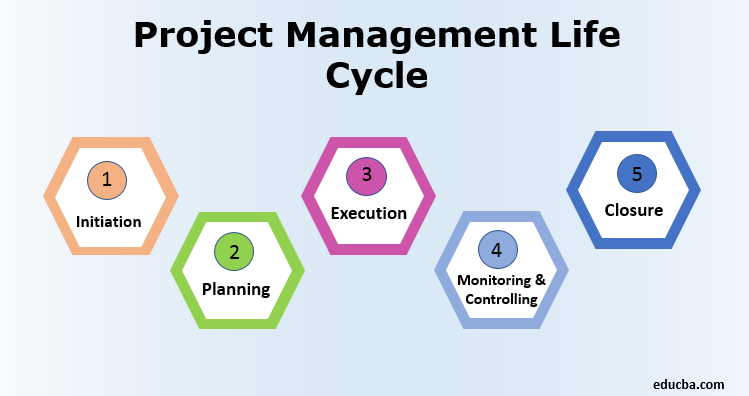Due to the non-stop challenges, project management is frequently neglected while establishing and achieving goals. The ability to properly manage a project on your own or with the help of a project manager. It might distinguish between a project reaching its full potential and one stifled or abandoned. Each significant undertaking requires a strategy. Therefore you should ensure that from the outset of the project, you are considering all its implications. Project management must be deliberate and strategic for each project, from opening a new office to starting a marketing campaign.
Read more with PK Halder.
So how do you know where to begin if you have no experience in operations or project management? There are five steps to determining and becoming a successful project manager. The Project Life Cycle Management includes the following steps in creating a whole procedure:
-
Initiation
The aim is selected at the initial phase. What is genuinely taking place in the project? Introducing a fresh product? Build a new office and ensure your aim is very specific and well-stated; this will be the framework for the rest of your project. You should specify the project’s scope once you have established the purpose. See it from a distance to determine its width. For instance, do you need to acquire and buy property if you’re establishing an office, or can you renovate an existing structure instead? At this stage, you should designate a project manager to assume charge of the undertaking and be accountable for its success.
-
Project Planning
Project planning is the most crucial stage of project management. The project manager should write project plans describing what is being done and what materials and steps are required to complete it. These blueprints will be utilized during the project to ensure a strategy is understood and carried out effectively. These may involve actions like:
- Calculate the resources and time: You will need to finish each level and their respective completion times. It’s wise to estimate towards both the high and low ends while aiming to land in the middle because this might alter at any time along the journey.
- Choose the sequence of the tasks: Which ones will be more important or logically preceding others? Several software tools may assist you in planning the project’s sequence.
- Execution plan: This will aid in outlining your implementation in a concise and targeted manner.
- Risk analysis: Consider the many obstacles you could encounter while working on the project and develop backup strategies in case they do.
- Communication Systems: Establish guidelines for communicating successes, failures, and plan modifications.
-
Project Execution and Control
After your strategy is finalized, you may start carrying out and managing your project. Throughout the road, you will inevitably need to adjust your plan. Your project manager should have strong project controls to monitor and handle the entire operation effectively. Effective status reporting and communication systems may also be used to monitor this.
-
Wrapping Up The Project
The final wrap-up is the last phase after a project is finished. Every stage of the project should be thoroughly summarised, together with any modifications made to the work’s initial plan, budget adjustments, and overall lessons learned. You and your business will find this very beneficial in completing upcoming tasks.
Conclusion
In twenty-two years of vocation, Pritish Kumar Halder has been a Project Manager for multiple firms. He has aced the Project Life Cycle Management and is expanding his knowledge to aspiring project managers in the future.











